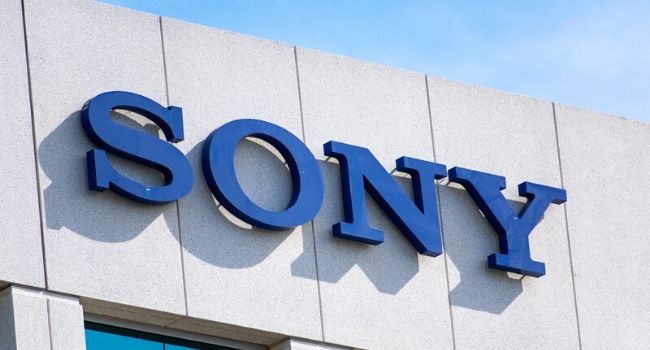
Sony to Discontinue Branded Video Surveillance Presence
The company is also ending its partnership with Bosch, which began in 2016.
- By Ralph C. Jensen
- Apr 16, 2020
After years of decreasing investment into video surveillance, Sony is calling it quits in the branded video surveillance business. The company will, however, continue its brand in providing imaging sensors and camera modules. Sony video surveillance products will be end of life-d (EOLed) at the end of 2020.
Along with Sony's exit, a three-and-a-half year partnership with Bosch will end. That partnership started in November 2016. Even then, it was clear that Sony was reducing its focus and investment into video surveillance. The mid-2010s were the heart of the race to the bottom and Sony, like most incumbents, could not keep pace with the rate of price cuts and product releases from some Chinese manufacturers.
In July 2019, Sony integrated its sales and marketing team with Bosch. Then, in February, Sony announced that the coronavirus pandemic was impacting its camera production, and was recommending that Sony customers switch to Bosch products. Bosch then announced that as many as 24 camera models were being EOLed, as well as various accessories.
IPVM has reported that Sony will still have a significant imaging sensor and camera module business. Sony components are regularly used in high-end surveillance products, including from Sony's branded rivals, ranging from Axis to Hikvision to Bosch. IPVM also reported that Sony will continue to sell Sony sensors. Sony sensors are used in various IoT devices, such as smartphones.
Panasonic is now the only video surveillance manufacturer from Japan since Canon turned over its business to acquire Axis.
About the Author
Ralph C. Jensen is the Publisher/Editor in chief of Security Today magazine.